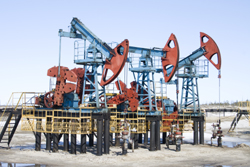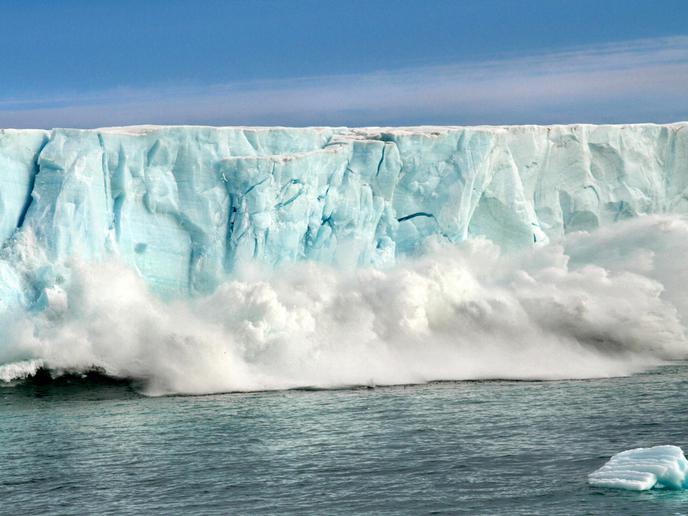Reducing the cost and impact of environmental tracers
Conventional tracer species are associated with a range of negative environmental impacts, including stratospheric ozone depletion, climate change and ecosystem degradation. For this reason, the Energy, Environment and Sustainable Development Programme funded research to develop novel, environmentally benign tracers. The Institute for Energy Technology (IFE), a member of the ENVITRACER consortium, examined ways to reduce costs. They focussed on deuterated organic compounds in which hydrogen atoms are replaced by deuterium. By relaxing purity constraints, IFE was able to achieve significant gains in tracer productivity through partial deuteration. Airborne tracers were constructed from deuterated alkanes derived from decarboxylation of deuterated organic acids while waterborne tracers were produced from deuterated fatty acids. Testing by IFE indicated ample levels of reservoir stability. This was complemented by parallel efforts to improve the accuracy of the analytical techniques used to determine tracer concentrations, such as gas chromatography-mass spectrometry (GC-MS) and high performance liquid chromatography (HPLC). By lowering the detection limit of the equipment, IFE has enabled the release of smaller tracer concentrations, thus reducing the amount of tracer required and the associated costs.







